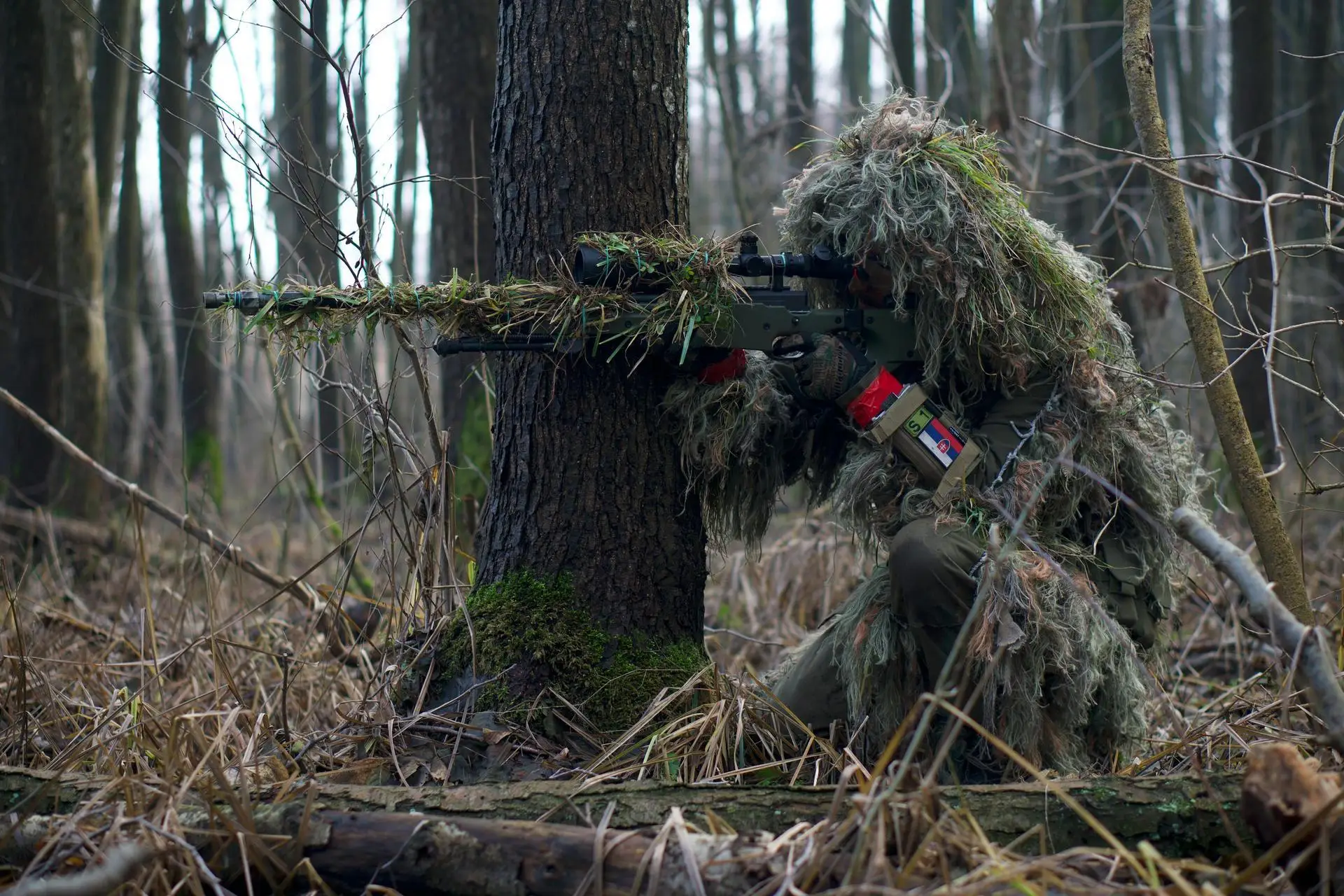Airsoft is more than just a recreational activity; it’s a dynamic and immersive experience that combines skill, teamwork, and careful planning. While many players focus primarily on marksmanship and equipment, the true edge in airsoft often comes from mastering the art of tactics and strategy. Understanding how to maneuver efficiently, anticipate opponents’ moves, and coordinate with teammates can completely change the outcome of a match.
Elevating Gameplay with Smart Tactics and Strategy
When engaging in airsoft skirmishes, having a solid grasp of tactics and strategy can transform a group of individuals into a cohesive, well-oiled unit. Take, for example, the utility of specialized weapons like the a&k mk46 — a light machine gun replica that offers sustained firepower, ideal for suppressive tactics. Players equipped with such gear must understand how to leverage their strengths effectively within team strategies.
Tactics refer to the specific maneuvers and short-term decisions made during gameplay. This could include flanking an opponent, establishing defensive positions, or executing coordinated assaults. Strategy, in contrast, represents the overarching plan designed to achieve victory over the course of a match or tournament. It involves analyzing the terrain, resource management, and predicting the enemy’s tactics.
Building Effective Communication and Situational Awareness
In airsoft, real-time communication is vital. Teams that can rapidly exchange information about enemy positions, changing environments, and emerging threats gain a considerable advantage. The use of radios, hand signals, and code words often complements verbal communication, allowing discreet coordination without alerting opponents.
Situational awareness—knowing what’s happening around you in terms of both friendlies and adversaries—requires practice and sharp observation. Effective players constantly scan surroundings, identify likely enemy routes, and adjust their movements accordingly. This attentiveness, combined with strategic planning, reduces the chance of ambushes and increases opportunities to capitalize on weak points in opposing teams.
Adapting Strategy According to Different Play Styles and Battlefield Types
Airsoft fields come in various formats—from dense woodland areas and urban setups to open CQB (Close Quarters Battle) arenas. Each presents unique challenges that demand tailored approaches. For instance, woodland battles often emphasize stealth and long-range engagements, where controlling high ground and utilizing natural cover offer significant benefits. Conversely, CQB scenarios require quick reflexes, tight team coordination, and a focus on room clearing tactics.
Mastering a preferred play style—be it aggressive assault, sniper infiltration, or defensive holding—while remaining flexible is crucial. A rigid strategy might falter under unexpected circumstances, but an adaptive mindset keeps players ready to exploit openings or shift roles as the situation evolves.
Training and Continuous Improvement through Tactical Awareness
Just as in military or law enforcement training, airsoft enthusiasts can improve their performance through drills that focus on movement coordination, target prioritization, and communication protocols. Regularly practicing these elements enhances muscle memory and decision-making speed, crucial during fast-paced encounters.
Furthermore, reviewing past games to identify tactical mistakes or missed opportunities encourages continuous learning. Many teams conduct briefings post-match to discuss what worked well and what didn’t, fostering a culture of improvement rather than mere entertainment. This professional approach not only sharpens skills but also bonds team members more tightly.
Why Investing in Quality Equipment Supports Tactical Success
While tactics and strategy are central, the right equipment enables players to implement their plans effectively. High-performance airsoft guns, such as the aforementioned a&k mk46, can provide the durability and reliability needed for intense skirmishes. Additionally, tactical gear like body armor, helmets, and communication devices enhance protection and coordination.
Players should consider balancing their arsenal to suit their tactical roles—whether that’s supplying cover fire with a light machine gun or engaging in precision shooting with sniper rifles. An intelligent loadout tailored to the team’s overall strategy raises the collective chance of success.
In essence, the importance of tactics and strategy in airsoft cannot be overstated. These components bridge the gap between casual play and serious competition, turning a simple game into an engaging exercise of mental acuity, physical skill, and teamwork. For players seeking to advance their airsoft experience, investing time in understanding and applying sound tactical principles will not only improve their performance but also enrich their appreciation of this compelling sport.








